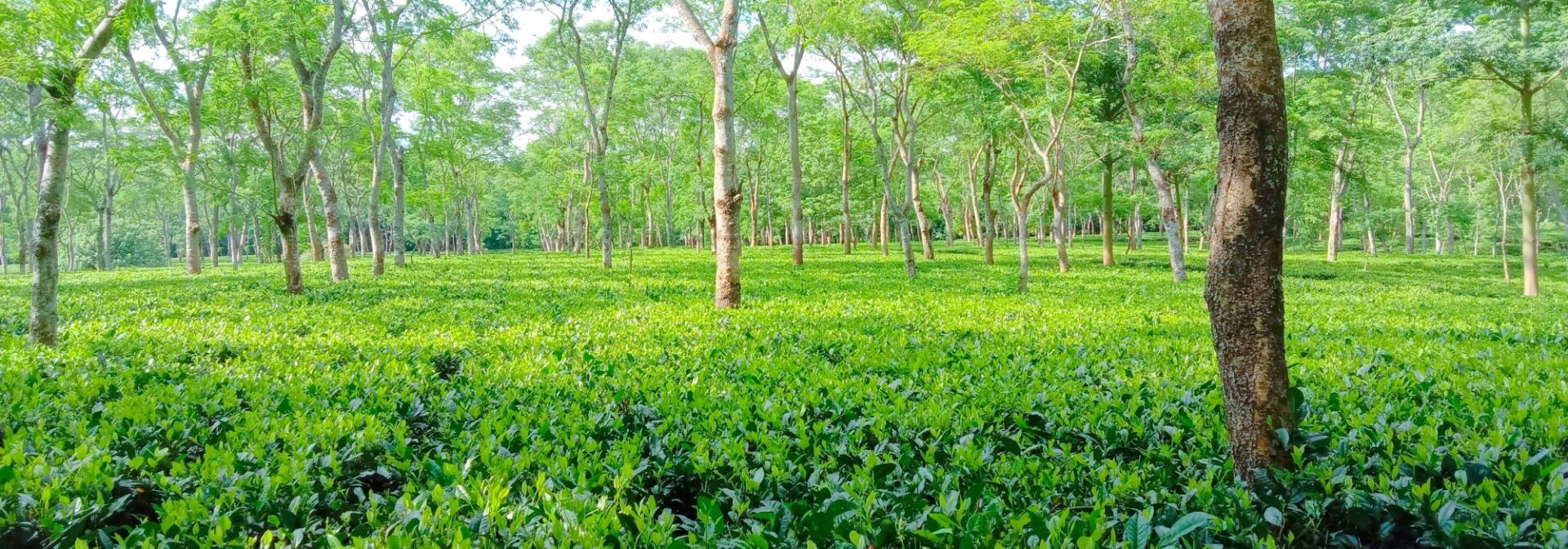Assam

Assam, a vibrant province nestled in northeastern India, boasts a lush tropical climate and is encircled by the nations of Bangladesh, Burma, Bhutan, Tibet, and China. The only physical link to mainland India is a narrow strip of land in the northwest corner of the province. Notably, Assam stands as the world’s largest tea-producing region, contributing to nearly half of India’s total tea production. This sprawling landscape gives birth to robust and aromatic teas that thrive in hard, calcareous water and serve as the cornerstone for numerous classic black tea blends.
Within Assam’s expansive tea gardens, some covering up to 1,000 hectares, approximately 2,000 plantations cultivate tea plants. Assam tea is celebrated for its distinct seasonal variations, with two primary harvests:
- First Flush (Mid April – Late May): These teas, while not of significant economic importance for the European market, offer a unique profile. They exude fresh aromatic notes, with a delicate, light cup profile that carries a hint of tartness. Although distinctive, these teas do not align with the traditional Assam character.
- Second Flush (Early June – Mid August): The second flush Assam teas are the stars of the show in terms of quality and international export. Distinguished by their rich colour, often containing a high proportion of tips, they produce an infusion that is characteristically dark. These teas are renowned for their robust, full-bodied, spicy, and malty character, making them the pride of Assam’s tea heritage.
In summary, Assam, India’s foremost tea-producing region, is a land of diverse teas shaped by its unique geography and climate. From the delicate first flush to the bold and flavourful second flush, Assam teas offer a captivating journey through the world of black teas.
Showing all 5 results





